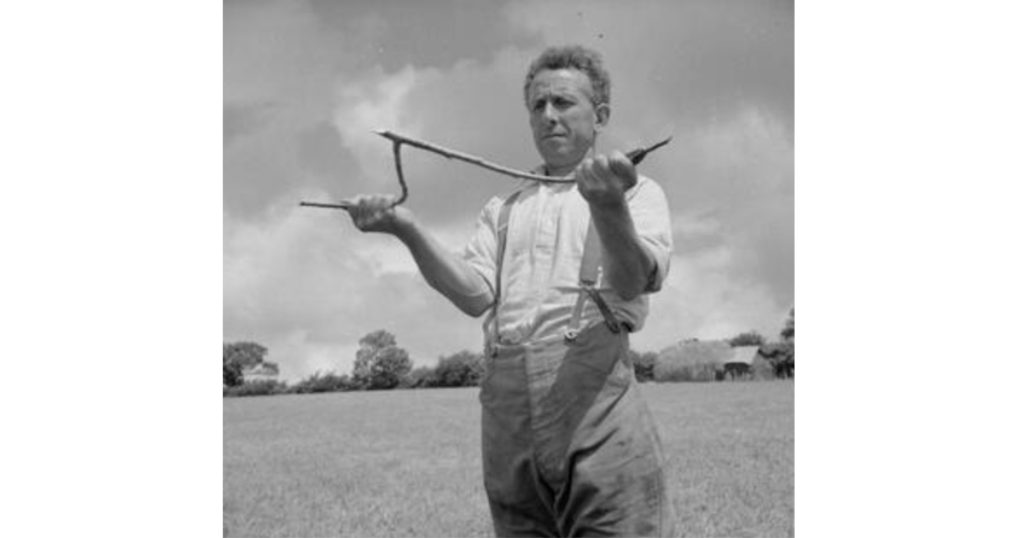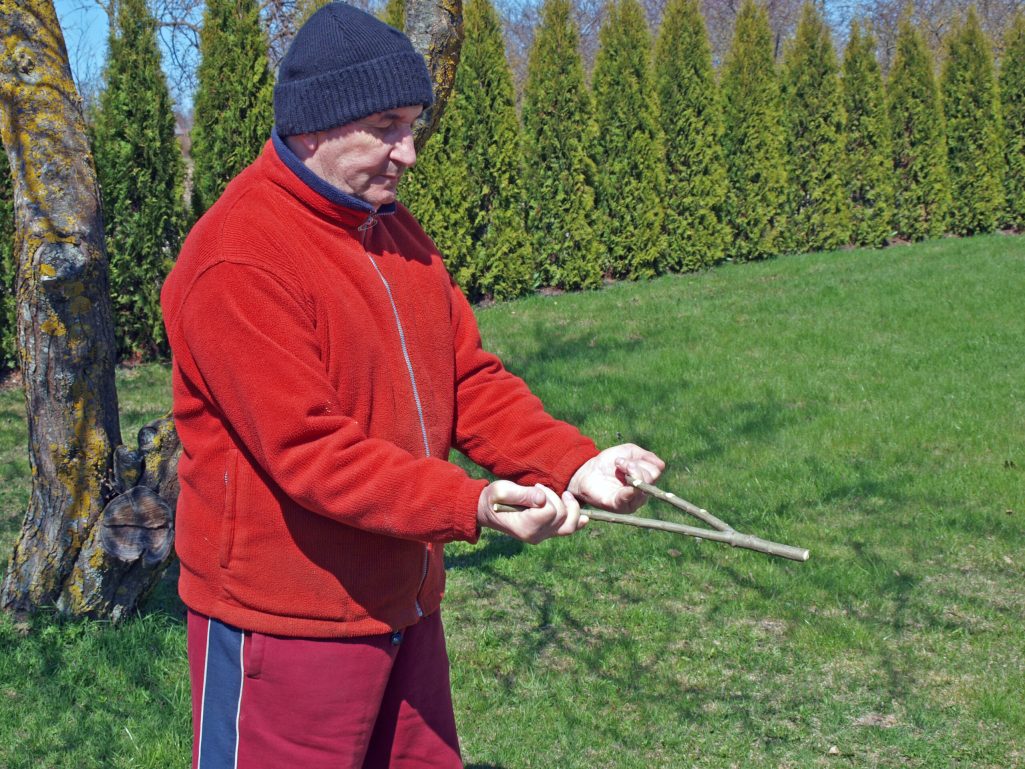The world changes rapidly, and trends come and go, leaving many of us feeling like strangers in a strange land. Our grandparents’ stories of bygone habits and mysterious objects spark nostalgia and curiosity.
The internet’s “what’s this?” phenomenon taps into this nostalgia, showcasing obscure items that puzzle and intrigue. Recently, a peculiar tool has been making the rounds, stumping many.
At first glance, it resembles a weathered tree branch, V-shaped but unremarkable. However, its history dates back to the 1500s and the practice of “Water Dowsing.”

Known as a “diviner,” “doodlebug,” “well witch,” or “water-finder,” this tool’s purpose was to locate water. Users held the branches in each hand, palms up, and tilted the V’s stem toward the Earth at a 45-degree angle.
As they walked, they sought vibrations at the V’s base, indicating hidden water beneath the surface. This technique originated from 16th-century metal detection methods but evolved to find water for rural homeowners.

Watching the video below reveals more about Water Dowsing’s fascinating history.
Were you familiar with this enigmatic tool? Share your thoughts in the comments.
This forgotten instrument reminds us that even the most obscure objects hold secrets and stories waiting to be uncovered. As we navigate the ever-changing world, embracing our curiosity and exploring the past can be a powerful way to connect with our heritage.


